Quick Links
In 2022, video marketing is virtually impossible to ignore, with a whopping 92% of marketers reporting that video content accounts for a significant chunk of their overall marketing strategy.
It’s easy to see why that is, as 93% of brands report acquiring new customers due to the videos they post on social media platforms.
Speaking of platforms that feature video content, there are two that undoubtedly lead the fray – TikTok & YouTube. Both boast insane numbers for their monthly users (YouTube is over 2 billion, which accounts for roughly ½ the internet, and TikTok is now at 1 billion).
As you can imagine, both video-sharing platforms are marketing goldmines for businesses of all sizes.
Yet, there are some glaring differences, so how do you know which is best for your business?
It will come down to your target audience, their demographics, and the type of content they like to consume.
Beyond that, you also need to consider ad costs, ad formats, and their algorithms (to enhance the visibility of your content). That’s why we’ve put together this ultimate comparison pitting TikTok vs. YouTube to help you determine the best platform for you, so read on to learn more.
Let’s get started!
An Overview of TikTok
Starting in 2016 as the brainchild of Chinese internet technology company ByteDance, TikTok would drastically rise in popularity after acquiring/merging with Musical.ly (which began in 2014) – a popular lip-sync app.
Musical.ly worked by allowing content creators to record short-form videos of themselves lip-syncing to popular songs and movies. It proved to be a phenomenon amongst gen Z’ers, which led ByteDance to acquire the company and merge it into TikTok in 2017.
While TikTok continued to primarily feature short-form lip-syncing videos at first, it has since expanded its format.
While still focusing on short-form videos, they bumped things up from Musical.ly’s 15-second limit to a 10-minute cap on content. Yet, a quarter of the highest-performing videos on TikTok range from 24 – 31 seconds in length, which is very short.
Video topics have also matured over time, with TikTok expanding on short musical videos to include:
- Comedy
- Dance
- Fashion
- Food
- Education
- Business
- Vlogging
- Entertainment
- More
In short, TikTok creators are only limited by their own creativity. Due to this versatility, using TikTok for video marketing has exploded recently.
Marketers’ attention led ByteDance to create TikTok for Business in 2020, a platform exclusively for businesses creating videos on TikTok. It contains a wide range of resources for marketers, including case studies, analytics, and the ability to connect with influencers.
Another reason content creators love to use TikTok is how simple it is to create videos. All you need is a smartphone that can record video, and the app can handle the rest.
TikTok allows you to add background music, stickers, filters, and more with its editor. Theoretically, you could create a business TikTok video by yourself only using your smartphone, and it could wind up getting millions of views.
TikTok’s rapid growth: is it now the king of all video apps?
It’s no secret that TikTok has seen explosive growth since acquiring Musical.ly in 2017.
In the first quarter of 2020, TikTok broke records by becoming the most-downloaded app of all time in a single quarter, with over 200 million installs spanning both Android and IOS.
TikTok’s viewer algorithm has also proven to be highly addictive, with users spending an average of 858 minutes on the app each day. That’s because TikTok is highly immersive, with a never-ending scroll of continuous content that makes it hard to stop, but it can also increase the chances of users discovering and consuming your content.
While YouTube remains the king of online video, TikTok is riding hot on its coattails, with no signs of slowing down in the near future. In fact, experts have forecasted that TikTok will exceed YouTube by 2024, which is only a mere two years away.
It’s clear that the TikTok app is a true behemoth with an ever-expanding user base, user-friendly video editor, and addicting content loop – but is it the right choice for your business? Let’s take a peek at TikTok’s key demographics to learn more.
TikTok’s user demographic breakdown
Like Musical.ly before it, TikTok’s primary user base consists of gen Z’ers, with 41% being between the ages of 16 to 24 years old.
Why is the app such a sensation amongst younger people?
There are a few reasons why, with the first being how easy it is to create content for the platform. A 16-year-old can easily record themselves with their smartphone and use TikTok’s editor to add music, filters, and other fun effects.
Not only that, but thanks to TikTok’s giant user base, picking up millions of video views on a 30-second clip is a real possibility.
For instance, if a younger person has a talent, it’s quite easy to share it with the world via TikTok.
Next, TikTok’s algorithm is designed to be as addicting as possible, especially for younger people who already have shorter attention spans. After opening the app, they’re treated to a never-ending scroll of raw, authentic, and engaging short-form videos, which is very appealing to gen Z.
For this reason, TikTok should be on your radar if you’re marketing your products/services to a younger crowd.
Yet, that doesn’t mean that young adults and older people are completely absent from the platform. While a majority of users are younger, 20.3% of TikTok users are over 40, and they also spend hours on the platform each day.
What do users look for on TikTok?
As far as the types of content that perform the best on TikTok, the shorter (and funnier) it is, the better.
Here’s a rundown of the most popular video types on TikTok:
- Entertainment. Many users turn to TikTok to elevate their mood and escape reality, which is why entertaining videos reign supreme. As such, funny or entertaining skits about your products/services are ideal.
- Dance. Short, viral dance videos are TikTok’s bread and butter, and they continue to rack up millions of views. Creating a unique dance for your business is a great way to attract attention on the platform.
- Beauty/skincare. If you sell cosmetics, TikTok will be a goldmine for you. There are tons of beauty influencers on the platform, and they rake in millions of views on the regular.
- Life hacks. People love learning fun shortcuts and new ways to do things, which is why the life hack hashtag has over 50.9 billion views. If you can include a life hack or market your product as a life hack, TikTok is the perfect place to make and release a video about it.
As you can see, short, fun videos work best on TikTok. It’s not the type of platform where you’d want to release an in-depth training video or guided tutorial, but it’s perfect for life hacks, dances, and quick skits.
An Overview of YouTube
YouTube began in 2005 and quickly grew into a worldwide sensation, which led Google to purchase the platform in 2006, only a year after its launch.
The creation of YouTube marked a significant turning point in history. For the first time ever, anyone could record and upload video content that could potentially get seen by millions of viewers worldwide.
It didn’t take long for marketers to take notice, as businesses have been making promotional YouTube videos and ads for many years now.
YouTube ranks as the second most-visited website on the internet, only behind its parent company, Google. It’s also the second-largest search engine, playing second fiddle to Google again.
The platform has proven to have serious lasting power, as it still remains the most widely-used video platform on the internet. That’s in large part due to YouTube’s:
- Ease of use and accessibility
- A wide variety of content
- Massive user base
- Universal appeal (there’s something for everyone)
YouTube is also no stranger to making changes to keep up with its competitors. Examples include introducing live streaming to rival Twitch and YouTube Shorts to mimic the success of TikTok.
There’s also YouTube TV, which is an alternative to cable television, and YouTube Premium (formerly YouTube Red), which mirrors streaming services like Netflix.
YouTube’s appeal to businesses
Nearly every major company has a YouTube channel due to how easy the platform is to use and how many active users it has.
No matter what your business does, there’ll be an audience for it on YouTube. Every niche is represented on the platform, from health and wellness to home renovations.
That’s great news for businesses of all sizes, as you can reach your target audience without having to spend a ton of money on a video production team and distribution.
Instead, you can use your webcam or smartphone to record commercials, promotional videos, training videos, and whatever else you need for your company and then upload them to YouTube in a few minutes.
With some clever SEO tactics (YouTube SEO is a very real thing), you can increase your chances of going viral and generating loads of new customers.
Unlike TikTok, YouTube places a lot more emphasis on long-form video content. By default, the video length cap is 15 minutes for unverified accounts.
While it’s certainly possible to upload shorter clips (especially with the advent of YouTube Shorts), verified accounts are able to upload videos that are much longer in length and can even be up to 12 hours long.
This extra length provides some wiggle room for companies that need to upload longer videos, such as training videos or virtual tours of the company. You can also create longer and more in-depth tutorials and guides for your audience, which can help you acquire new customers and leads.
Important YouTube stats
While TikTok’s popularity is undoubtedly on the rise (and may surpass YouTube eventually), that’s not to imply that YouTube is doing anything wrong – or that they won’t be around in the near future.
In fact, the statistics show that they’re doing everything right, and they’re still growing at a tremendous rate. Since 2019, the number of channels with more than one billion views has increased by five times, so the platform is definitely still relevant.
YouTube Shorts is also giving TikTok a run for its money, especially in countries like India. As of 2021, the short-form video app boasted 15 billion daily views worldwide.
As such, YouTube remains an excellent choice for long-form and short-form videos. The choice to go with TikTok tends to come down to demographics in most cases. Speaking of that, let’s take a look at YouTube’s primary age groups.
YouTube’s demographics
While it’s been stated that TikTok appeals to the younger generation, the comparison of TikTok vs. YouTube is a bit more complex than young vs. old.
It’s not that YouTube appeals directly to an older audience, just that it has a broader appeal that encompasses more age groups. Plenty of young people still use YouTube, with the platform appealing to 85% of teens.
More adults watch YouTube than TikTok, with 81% of adults active on YouTube compared to TikTok’s 21%.
The older generations also prefer Google’s video platform, with 83% of adults aged 50 to 64 report using it. Beyond that, 49% of adults over the age of 64 also use YouTube.
While it is true that YouTube reigns supreme for older generations, they still hold clout with younger people, too. If your products and services are aimed at teens, YouTube is a great choice.
What do users look for on YouTube?
Unlike TikTok, YouTube users flock to the platform to watch longer, more in-depth videos. Quick skits and dances are also popular but to a far less degree.
For the most part, popular videos on YouTube tend to be more informative and educational in nature. Users also turn to YouTube to learn more about new products and services – with 90% reporting having discovered new brands and products from YouTube videos.
Here are the types of videos that get the most attention on YouTube:
How-to’s (guided tutorials)
If you’ve ever found yourself stumped on how to perform a task, you’ve likely turned to YouTube to learn something new. Tutorials are insanely popular, and they should account for a significant chunk of your YouTube marketing strategy.
Educational videos
Besides tutorials, educational videos are also prevalent on YouTube. They could be anything from teaching arithmetic to documenting historical events and more. A great lead generation tactic is to create educational YouTube videos related to your niche.
Music videos
More often than not, the type of content that generates billions of views on YouTube is music videos. These include official music videos from top studio artists, as well as breakout indie hits.
Comedy
Just like TikTok, people turn to YouTube to unwind after a long day of work. Stand-up comedy, sketches, and silly cat videos are staples of this genre, so take note of that fact for your future content schedule.
As you can see, longer, more professional videos are more popular on YouTube than they are on TikTok.
TikTok vs. YouTube: Ad Formats and Costs
Do you plan on running ads on TikTok and YouTube instead of or in addition to creating regular content?
If so, check out this breakdown of ad formats and costs from both platforms.
YouTube Ad Formats
To run ads on YouTube, you’ll need to choose from one of the following formats:
- Discover ads. These show up on YouTube’s homepage.
- TrueView (skippable) ads. These are the ads that play before videos (that you can skip after five seconds).
- Non-skippable ads. These ads play at the beginning, middle, or end of a video – and don’t contain the option to skip.
- Bumper ads. These are quick, 6-second ads that play before a video.
- Overlay ads. These are banner ads that show up at the bottom of the page.
As you can see, you have a lot of options and flexibility when choosing ads to display on YouTube.
TikTok Ad Formats
TikTok offers four ways to advertise on its platform:
- TopView. These ads appear at the top of the app once a user opens it.
- In-feed ads. As the name implies, these ads show up in the middle of a user’s feed.
- Branded hashtag. A specific hashtag that companies promote creators to make content for.
- Brand takeovers. This type combines all the ad types above into one.
While there are fewer options than YouTube, TikTok still has a wide variety of ad formats you can use.
YouTube Ad Costs
YouTube ads operate on a cost-per-view basis – which means you won’t get charged a dime if nobody views your ad.
Rates tend to be reasonable, as they range from $0.10 to $0.30 per view. You can also set up an advertising budget that you input into YouTube, and it will cut you off once you reach it, which is a handy way to ensure you don’t overspend.
TikTok Ad Costs
TikTok has a different model than cost-per-click, known as cost-per-mile.
What qualifies as a mile?
One thousand views count as a mile on TikTok, and it starts at $10, which is pretty reasonable.
TikTok vs. YouTube: The Judge’s Scorecards
By now, we’ve gone over the primary features, demographics, and ad formats of YouTube and TikTok.
Before we deliver the verdict, it’s crucial to note that the platform you choose should vary based on your target audience and type of content.
If you’re targeting gen Z’ers with cosmetic products, TikTok is undoubtedly the way to go. The same is true if you target a younger demographic and create shorter, more entertaining videos.
For businesses targeting adults and other companies, YouTube is the best video marketing platform for your needs. You can create in-depth educational videos, tutorials, and tours of your company.
Who wins the matchup?
To us, YouTube is still the king of all video apps. It simply has it all; an extensive user base, an easy-to-use interface, longer-form content, and YouTube appeals to all ages.
Do you need to incorporate a winning video marketing strategy at your company?
Then don’t hesitate to check out our spokesperson video service.



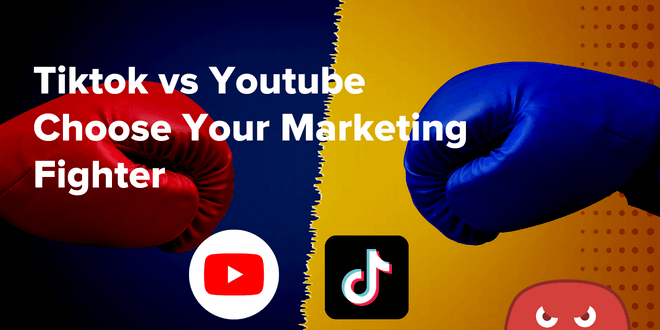
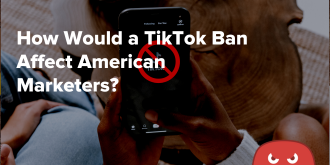

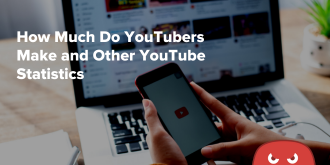
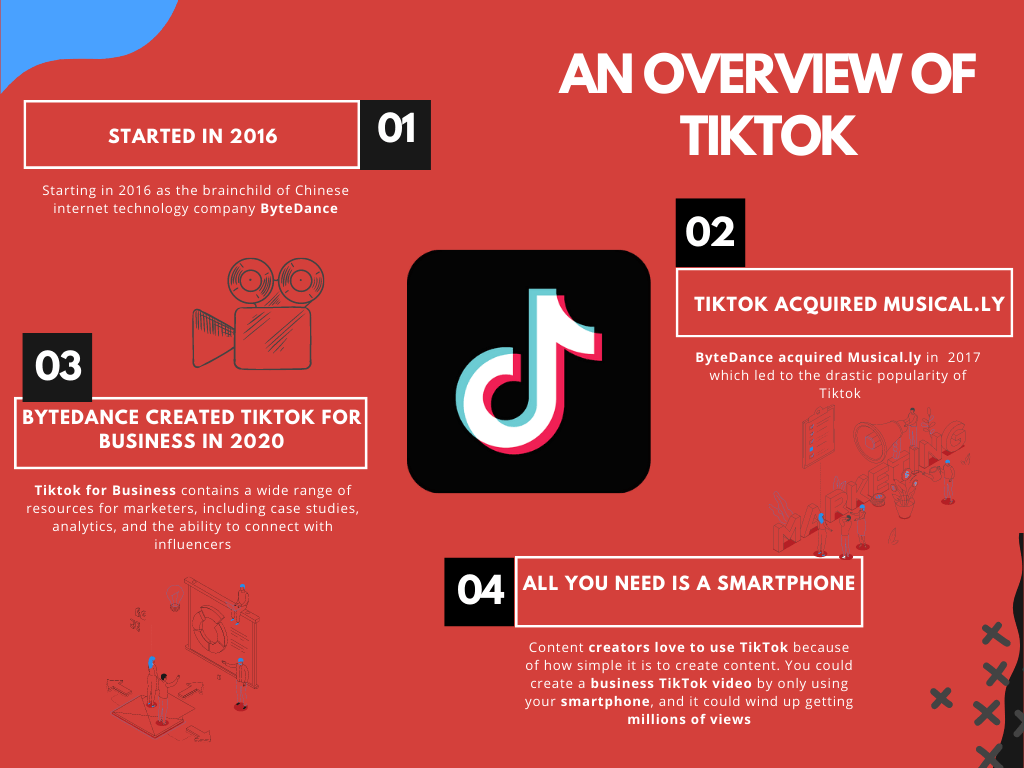
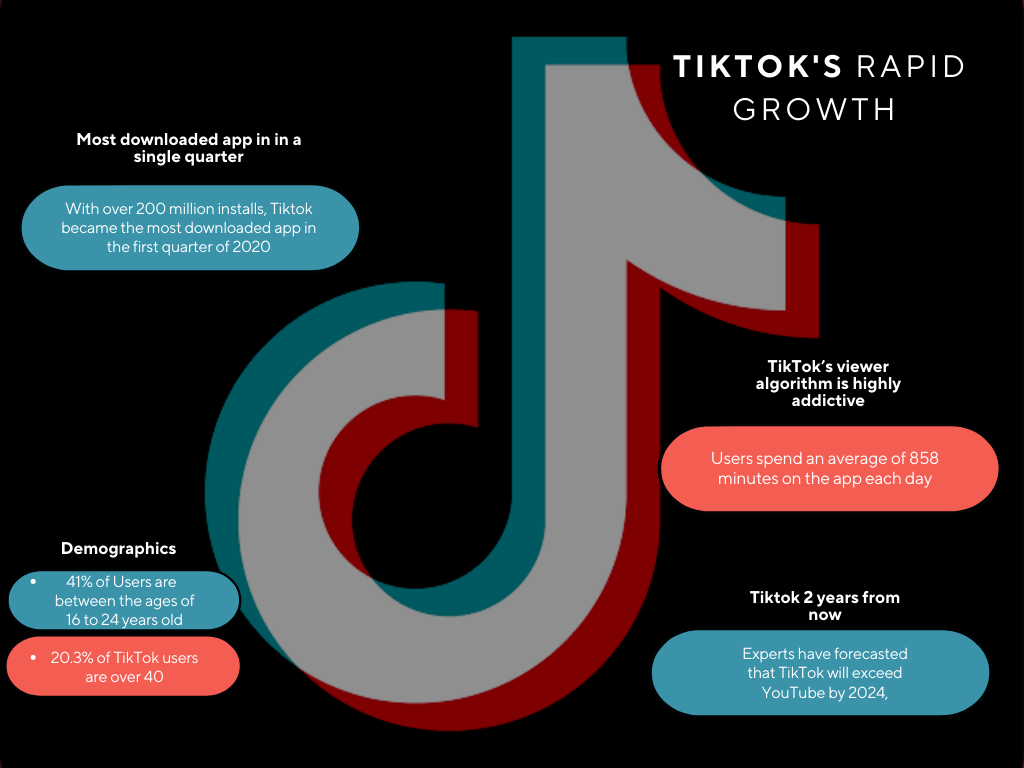
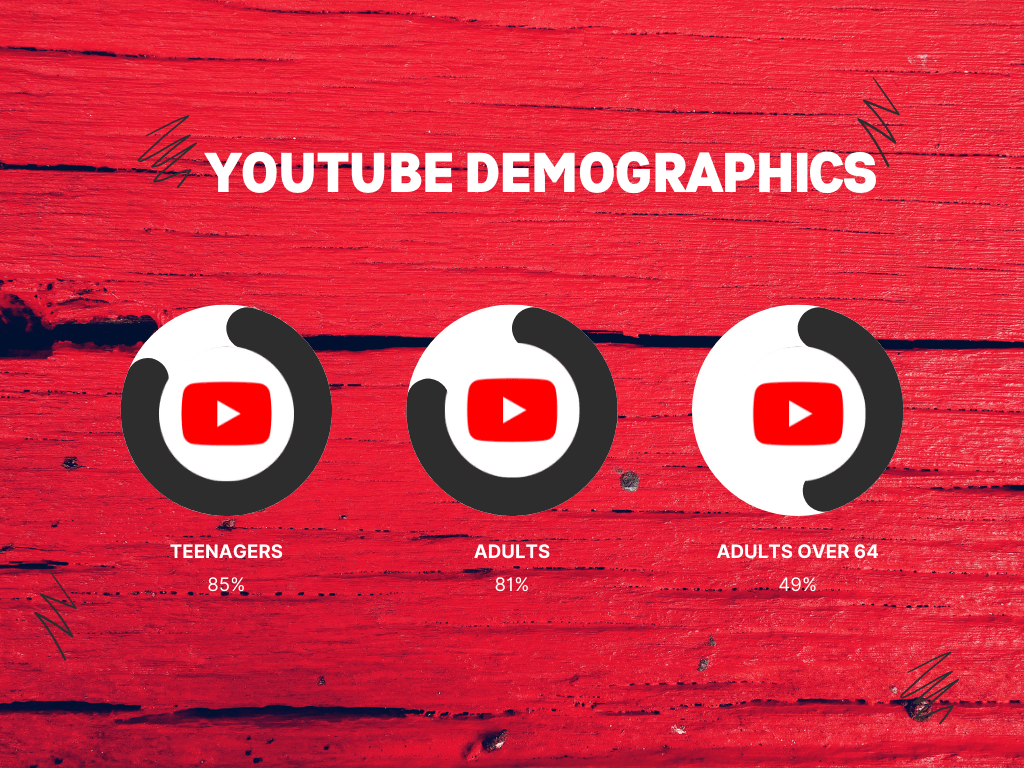


TikTok is banned in many countries, countries as India. India is the second most powerful in the case of population. In the same country, YouTube is active. This tells us which is far better.
nice article. thank you for sharing